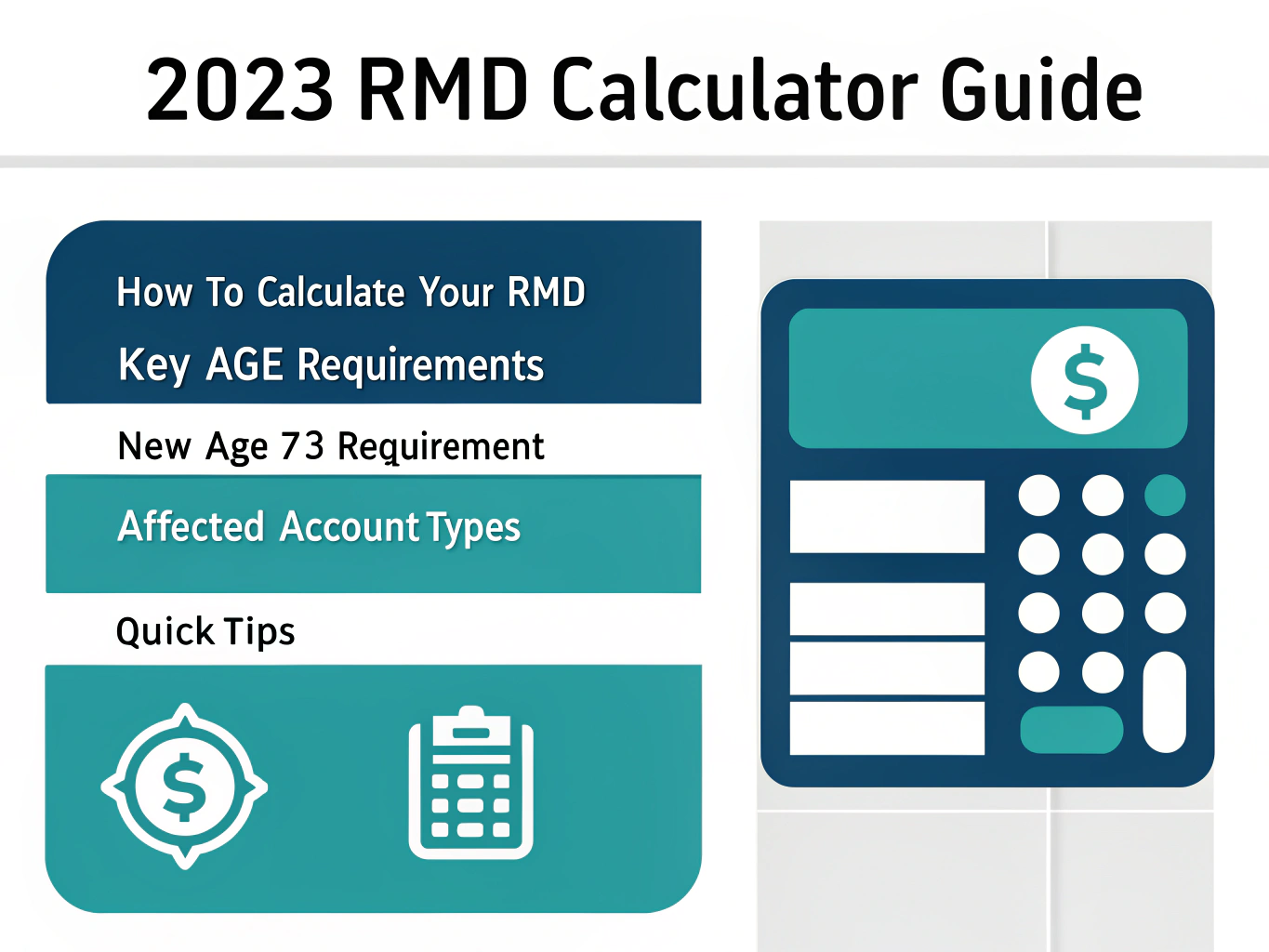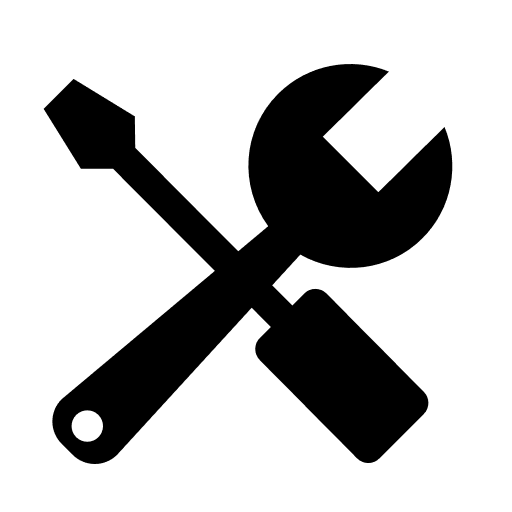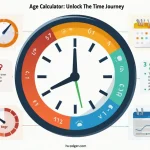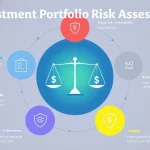RMD Calculator 2023
Calculate your Required Minimum Distribution for retirement accounts
Is this tool helpful?
How to use the tool
- Choose the account type—type something like 457(b) governmental plan or Inherited SEP IRA.
- Enter the 12/31/2022 balance—e.g., $350,000.00 or $987,654.32. The calculator formats cents automatically.
- Add your 2023 age—for instance 73 or 80. The tool rejects ages outside 0-120.
- (Optional) Date of birth—key in 05/09/1950 or 12/27/1949 for exact factors.
- (Optional) Spouse details—write Spouse age 60 or Sole beneficiary age 55 and mark whether the spouse is 10+ years younger.
- Hit “Calculate RMD for 2023”—your result appears below, ready to copy.
Example calculations
- Scenario 1: Age 73, balance $350,000 → Factor 26.5 → RMD $$\frac{350{,}000}{26.5}=13{,}208$$.
- Scenario 2: Age 80, balance $987,654.32 → Factor 20.2 → RMD $$\frac{987{,}654.32}{20.2}=48{,}921.52$$.
Quick-Facts (2023 RMD rules)
- First RMD age rises to 73 in 2023 (SECURE 2.0, 2022).
- Standard Uniform Lifetime factor at age 75 equals 24.6 (IRS Pub. 590-B Table III, 2023).
- Penalty for missed RMD drops to 25 % and can fall to 10 % if corrected promptly (SECURE 2.0, 2022).
- Inherited IRAs generally use a 10-year depletion rule when the owner died after 2019 (IRS Notice 2022-53).
Frequently Asked Questions
What is a Required Minimum Distribution?
Your RMD is the smallest amount you must withdraw annually from tax-deferred retirement accounts after reaching the IRS-mandated starting age (IRS Pub. 590-B §1, 2023).
Who must start RMDs in 2023?
You start if you turn 73 in 2023 or are already older and own a traditional IRA, 401(k), 403(b), SEP or SIMPLE plan (SECURE 2.0, 2022).
How does the calculator pick my life-expectancy factor?
It matches your age—or exact birthdate—to the Uniform Lifetime Table or to the Joint Table when your sole spouse beneficiary is 10+ years younger (IRS Pub. 590-B Tables II-III, 2023).
Can I aggregate RMDs across multiple IRAs?
Yes. Withdraw the combined total from one or several IRAs, but 401(k) and 403(b) plans must satisfy RMDs separately (IRS RMD FAQs, 2023).
Does Roth money ever require an RMD?
Roth IRAs avoid lifetime RMDs, yet Roth 401(k)s demand them until plan assets transfer to a Roth IRA (IRS Notice 2023-62).
What happens if I under-withdraw?
An under-withdrawal triggers a 25 % excise tax on the shortfall, reducible to 10 % with timely correction (SECURE 2.0 §302, 2022).
How do I report the excise tax?
File IRS Form 5329 with your return and pay the calculated penalty; include a written waiver request if you corrected the error quickly (Form 5329 Instructions 2023).
Why does spouse age matter?
A spouse more than 10 years younger lengthens the life-expectancy factor, lowering your RMD. “The joint-life table reflects two lives, spreading taxation over more years” (IRS Pub. 590-B Table II, 2023).
Important Disclaimer
The calculations, results, and content provided by our tools are not guaranteed to be accurate, complete, or reliable. Users are responsible for verifying and interpreting the results. Our content and tools may contain errors, biases, or inconsistencies. Do not enter personal data, sensitive information, or personally identifiable information in our web forms or tools. Such data entry violates our terms of service and may result in unauthorized disclosure to third parties. We reserve the right to save inputs and outputs from our tools for the purposes of error debugging, bias identification, and performance improvement. External companies providing AI models used in our tools may also save and process data in accordance with their own policies. By using our tools, you consent to this data collection and processing. We reserve the right to limit the usage of our tools based on current usability factors.







